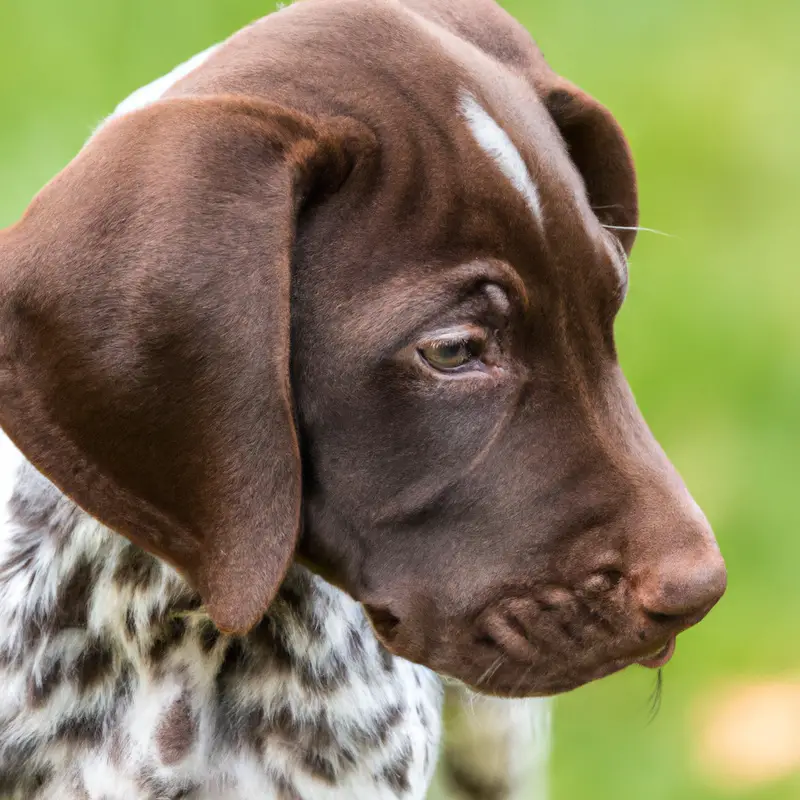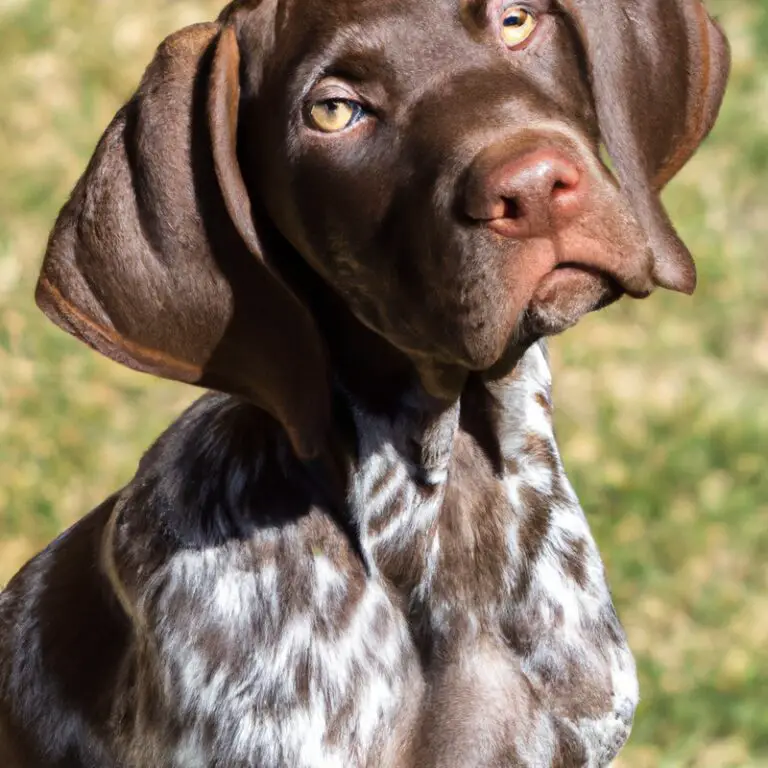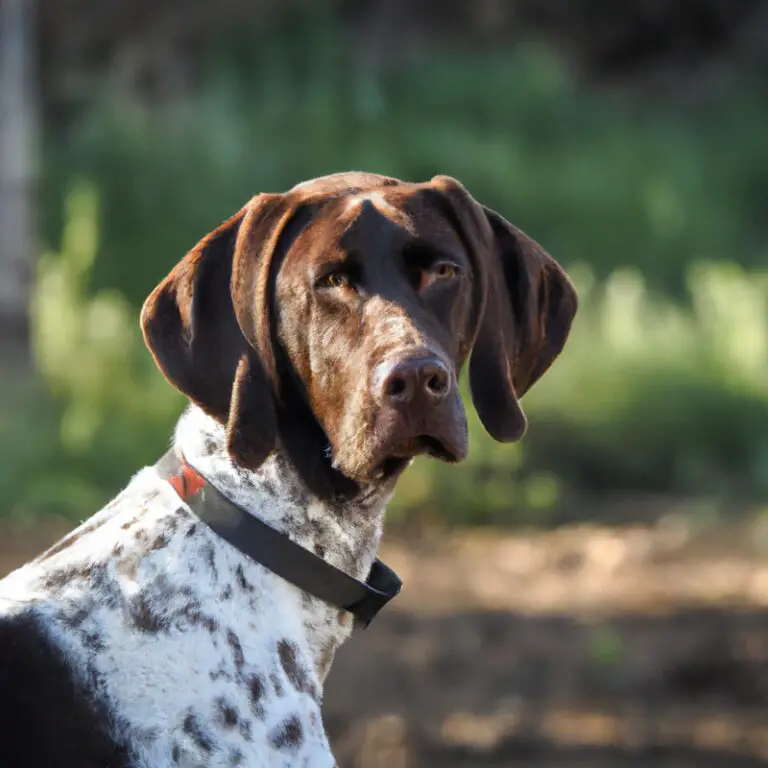How Do I Choose The Right Size Crate For My German Shorthaired Pointer?
Key Takeaways:
- Measure your German Shorthaired Pointer’s height, length, and weight accurately.
- Choose a crate that provides enough space for your dog to stand, turn around, and lie down comfortably.
- Consider the long-term growth of your dog when selecting a crate size.
- Ensure proper ventilation and easy accessibility in the chosen crate for your German Shorthaired Pointer.
Do you ever feel like Goldilocks when it comes to finding the perfect crate for your German Shorthaired Pointer? Too big, and it feels like a cavernous room for them; too small, and they can’t stretch out comfortably.
As a dedicated dog lover and owner of German Shorthaired Pointers myself, I understand the struggle of finding the right crate size.
In this article, I will guide you through the importance of choosing a correctly sized crate, measuring your Pointer for the perfect fit, considering their growth and activity level, and selecting the right type of crate. Plus, I’ll share some valuable tips for successful crate training.
So, let’s get started and create a cozy den for your beloved furry companion!
| Criteria | Small Crate | Medium Crate | Large Crate |
|---|---|---|---|
| Weight Range | ≤ 40 lbs | 40 – 70 lbs | ≥ 70 lbs |
| Height Range | Up to 24 inches | 24-28 inches | ≥ 28 inches |
| Length Range | Up to 30 inches | 30-36 inches | ≥ 36 inches |
| Width Range | Up to 21 inches | 21-24 inches | ≥ 24 inches |
Size Matters: Choosing the Right Crate for Your German Shorthaired Pointer
The Importance of a Correctly Sized Crate
The importance of having a correctly sized crate for your German Shorthaired Pointer cannot be overstated. Putting your pup in a crate that is too small can be uncomfortable and stressful for them, while a crate that is too big may undermine the purpose of crate training.
A correctly sized crate provides a cozy and secure space for your dog to relax in, mimicking the den-like environment they naturally seek.
This can help with house training, as dogs are less likely to soil their sleeping area. It also promotes a sense of safety and can alleviate anxiety in certain situations, like during travel or loud noises.
Additionally, a properly sized crate ensures that your dog cannot get into trouble or injure themselves while you’re away.
It helps create boundaries and prevents destructive behavior like chewing on furniture or getting into potentially harmful items.

Understanding Your German Shorthaired Pointer’s Needs
Understanding your German Shorthaired Pointer’s needs is the key to choosing the right crate size. These active and energetic dogs require plenty of room to move around, stretch, and stand up comfortably in their crate.
A crate that is too small can make them feel confined and stressed.
A crate that is too large may encourage accidents inside. So, make sure to measure your dog’s height, length, and weight and choose a crate that provides enough space for them to move and turn around comfortably.
Measuring Your German Shorthaired Pointer for the Perfect Crate Size
To find the perfect crate size for your German Shorthaired Pointer, there are a few key measurements you’ll need to take. First, measure your dog’s length from the tip of their nose to the base of their tail.
Then, measure their height from the ground to the tallest point of their shoulders.
Finally, measure their width at the widest part of their body. These measurements will ensure that the crate provides enough space for your dog to stand, turn around, and lie down comfortably.

Considering Your German Shorthaired Pointer’s Growth
When choosing a crate for your German Shorthaired Pointer, it’s important to consider their growth. These dogs are known to reach a medium to large size, so you want a crate that can accommodate their growth over time.
First and foremost, take into account the average size of an adult German Shorthaired Pointer.
This will give you an idea of the minimum dimensions you should look for in a crate. Remember that your puppy will grow quickly, so it’s a good idea to invest in a crate that has adjustable dividers.
This way, you can make the crate smaller while they’re still young and expand it as they grow.
Keep in mind that while crates should be large enough for comfort, they shouldn’t be too big. A crate that’s too spacious may allow your dog to use one area for sleeping and another for relieving themselves, which can hamper house training efforts.
By considering your German Shorthaired Pointer’s growth and choosing the right size crate, you can ensure their comfort and safety throughout their development.

Considering Your German Shorthaired Pointer’s Activity Level
Considering your German Shorthaired Pointer’s activity level is essential when choosing the right size crate. These dogs are known for being energetic and active, so you’ll want to make sure they have enough space to move around comfortably.
If your German Shorthaired Pointer is a high-energy dog who loves to run and play, a larger crate will be ideal.
This will give them the freedom to stretch out and move around when they need to. On the other hand, if your dog is more laid-back and prefers to relax, a smaller crate may be suitable.
By taking into account your German Shorthaired Pointer’s activity level, you’ll be able to provide them with a crate that meets their needs and keeps them happy and comfortable.
Selecting the Right Type of Crate for Your German Shorthaired Pointer
Selecting the right type of crate for your German Shorthaired Pointer is important for their comfort and safety. Here are some key factors to consider:
- Size: Make sure the crate is large enough for your dog to stand up, turn around, and lie down comfortably. Measure your dog’s height, length, and weight to find an appropriate size.
- Material: Look for crates made of sturdy materials that can withstand your dog’s activity level. Metal crates are durable and provide good visibility, while plastic crates offer more privacy and are easier to clean.
- Design: Consider the design of the crate based on your dog’s needs. Some dogs prefer open wire crates, while others feel more secure in enclosed, den-like crates.
- Portability: If you plan to travel with your dog, a collapsible crate with handles can be convenient. Make sure the crate is lightweight and easy to set up and take down.
Tips for Crate Training Your German Shorthaired Pointer
Crate training your German Shorthaired Pointer can be a great way to provide them with a safe and secure space. Here are some tips to help you with the process:
- Introduce the crate gradually: Start by placing the crate in an area where your dog spends time. Leave the door open and let them explore it at their own pace. Make it a positive experience by placing treats or toys inside.
- Make the crate comfortable: Add a soft, washable bedding for your GSP to relax on. Make sure the crate is the right size – not too big or too small. Your dog should be able to stand, turn around, and lie down comfortably.
- Use positive reinforcement: Encourage your dog to enter the crate using treats or their favorite toys. Associate the crate with enjoyable experiences, like feeding them meals inside or giving them a special chew toy.
- Start with short periods: Begin by closing the crate door for short durations while you are at home. Gradually increase the time as your dog becomes more comfortable. Never use the crate as a form of punishment.
- Stick to a routine: Establish a consistent routine for crate training. This helps your GSP understand when it’s time to go inside the crate and when they can come out. Be patient and consistent, and praise your dog when they enter the crate willingly.
Final Verdict
Choosing the right size crate for your German Shorthaired Pointer is essential for their comfort, safety, and overall well-being. By understanding your dog’s needs, accurately measuring their size, considering their growth and activity level, and selecting the appropriate type of crate, you can provide them with a comfortable and secure space.
Crate training is a valuable tool for both you and your dog, promoting discipline, routine, and a sense of security.
As an expert in dog care and training, I can confidently say that following these guidelines will ensure a positive and successful crate training experience for both you and your German Shorthaired Pointer.







